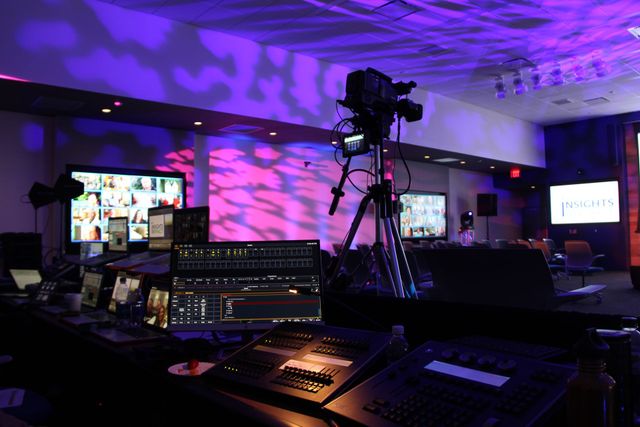In the past years, virtual VR has emerged as powerful instrument for boosting viewer involvement in live productions. Such innovation enables audiences to immerse themselves in a three-dimensional environment, crafting a distinct encounter that traditional formats cannot easily replicate. By using VR, producers can transport viewers into the heart of the action, making them feel as if they are part of the show. This groundbreaking method not just captivates viewers but also opens up new opportunities for storytelling and interaction.
One of the primary advantages of employing VR in live performances is the capability to create a more interactive experience. Viewers can interact with the show in the moment, shaping the outcome or exploring different viewpoints. For instance, in a stage show, audiences using VR goggles can select to pursue specific characters or scenes, allowing them to tailor their experience. This level of engagement cultivates a more profound bond between the viewers and the performance, rendering it even unforgettable and significant.
Additionally, VR tools can improve the visual and sound aspects of a real-time performance. Using top-notch web graphics and audio engineering, creators can build breathtaking settings that draw viewers in. This immersive quality can elevate the overall experience, rendering it even more engaging and enjoyable. For example, a musical performance can be converted into a rich experience, where fans feel as if they are on stage with the artists. Such improvements not just draw bigger viewers but also encourage repeat attendance, as audiences seek to relive the excitement.

Alongside improving audience engagement, VR can also provide valuable insights for producers. By analyzing how viewers engage with the virtual environment, creators can collect information on viewer preferences and actions. This information can inform upcoming performances, assisting to customize material to more effectively satisfy the demands and wants of the viewers. As a consequence, VR not just enriches the present experience but also adds to the evolution of real-time performances as a complete entity.
With the advancements continues to advance, the potential for VR in live productions is vast. Ranging from stage shows and musical events to athletic events and festivals, the possibilities are limitless. By embracing this innovative approach, producers can revolutionize the way viewers engage with real-time entertainment. As more creators explore the integration of VR, it is likely that we will see a shift in how performances are designed and delivered, eventually leading to a more engaging and interactive future for live productions.